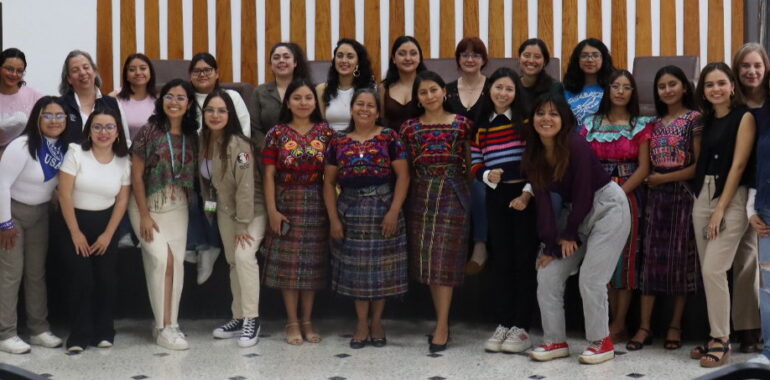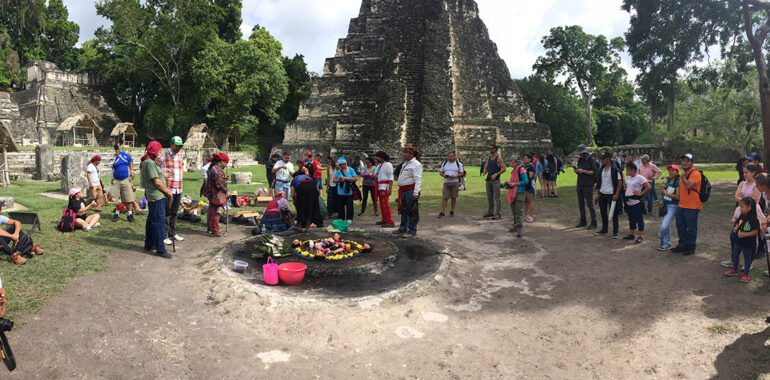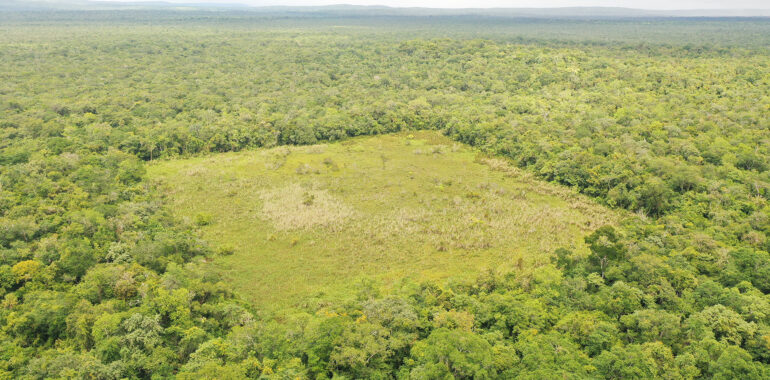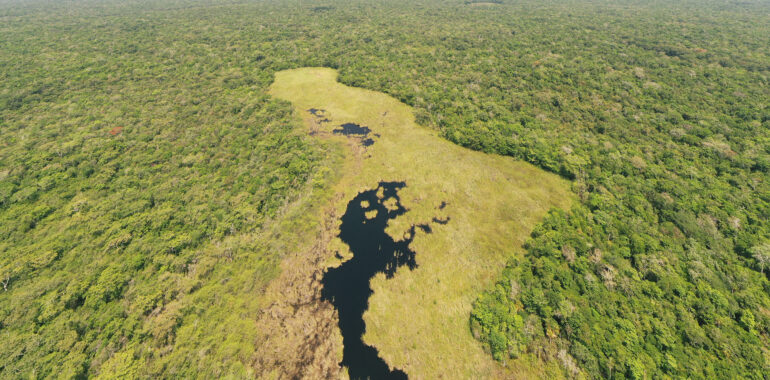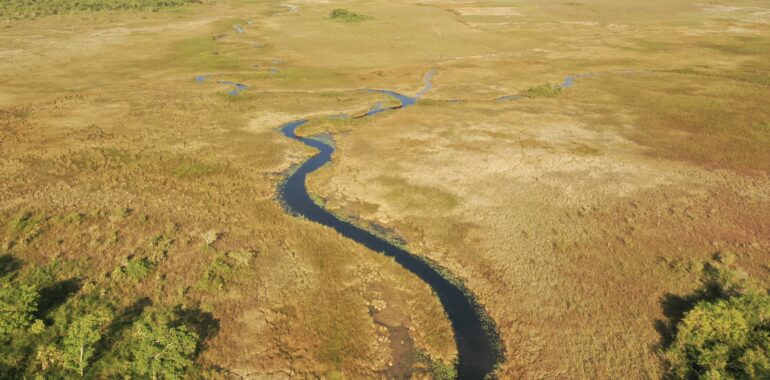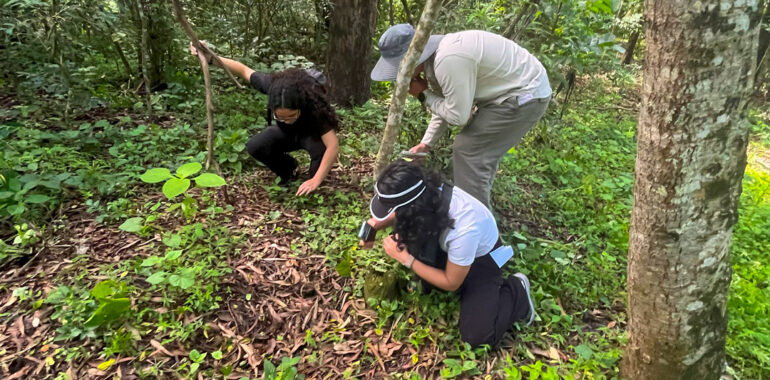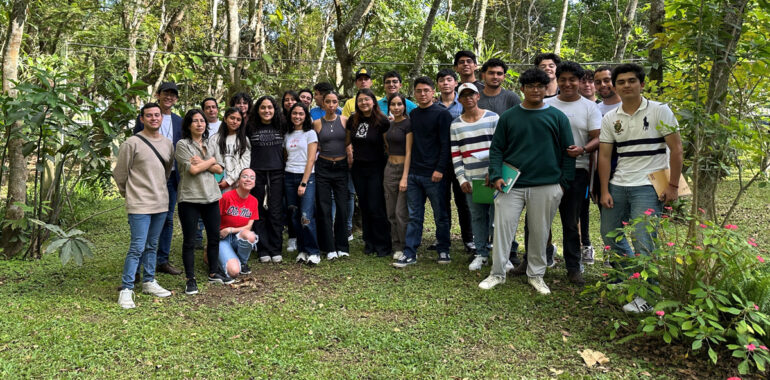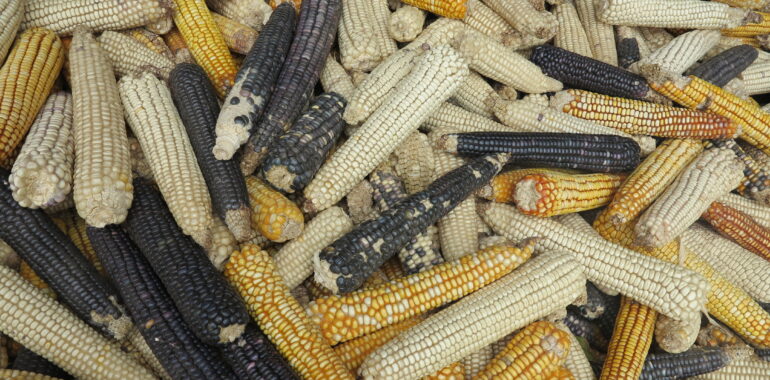Women’s participation in science is something that has been achieved throughout many decades by thousands of talented women that have fought to have their work recognized, and to get equal opportunities in a field historically dominated by men. However, the latter still has its challenges, since barriers in hiring, the access to opportunities, and the…
News & Blog
5 news that caught our eye on 2024
A new cycle has just started with this new year and the FLAAR Mesoamerica team put together a list of 5 events to sum up what happened last year in Guatemala, and encourage you to continue to take care of our environment and the country’s both cultural and natural diversity. Natural savannas in Laguna del…
5 Lessons from Maya Culture to Tackle the World’s Challenges
For those unfamiliar with the richness of Mayan culture, it may come as a surprise that these ancient traditions offer valuable lessons and tools essential for addressing contemporary challenges in science, peace, and development. On this World Science Day for Peace and Development, we honor the preservation of this ancient wisdom for its contributions at…
If the Maya civilization could, we can too: The Mayas and their technological adaptations for climate fluctuations
Climate change and global warming remain critical challenges today, significantly impacting both the planet and humanity. In response to this pressing issue, numerous organizations and societal groups have initiated efforts aimed at mitigating the detrimental effects of climate change. While the irreversible nature of some changes is acknowledged, there is still potential to prevent conditions…
Unexplored habitats: the floodable savannas of Petén
Not every ecosystem and habitat in the world has been explored yet. In commemoration of World Habitat Day, FLAAR Mesoamérica encourages you to learn about one of the least known environments of the Maya Biosphere Reserve. The savannas of Petén may be the habitat of a number of species that still needs to be defined.…
Rivers of Life: Navigating Guatemala’s Waterways Through the Lens of Conservation, and their Current Challenges
Most people may not be aware of how crucial rivers are in the present, since their connection to the daily life in cities may not be as apparent. However, they are in fact strongly linked with most of the economic activities that allow cities, and societies to thrive. Take a look at this overview of…
Our Second Biodiversity Workshop
For the second time in the last two years, FLAAR Mesoamérica’s research team got to deliver a workshop on biodiversity for undergraduate students of Rafael Landívar University. This time, both the team, and the students visited the Naciones Unidas National Park, and assessed small transects to measure the diversity of the park. On this note,…
The wild heart of Guatemalans: native species representative of Guatemalan identity
Due to Guatemala’s incredibly rich biodiversity, there are many species that, even when they are not national symbols, have become symbols in the identity of Guatemalans. In fact, many people born in this country grew up surrounded by these organisms since they have been deeply ingrained in the local traditions. While you learn about them…
Our first workshop on ethnoecology
Ethnoecology is the interdisciplinary approach that studies holistic ways in which nature is seen by different human groups or different cultures. In that sense, one of its approaches is through the study of the kosmos-corpus-praxis complex (Toledo and Alarcón, 2008). With that in mind, and due to the relation of FLAAR Mesoamérica’s work with this…
Corntastic facts about corn
Today is National Corn Day in Guatemala, so we figured we could share some interesting facts about the most cultivated grain in the world, and one of the most cultivated crops. Corn comes in different shapes and colors As it is well known in most countries in Mesoamérica, there are corn varieties that produce different…

